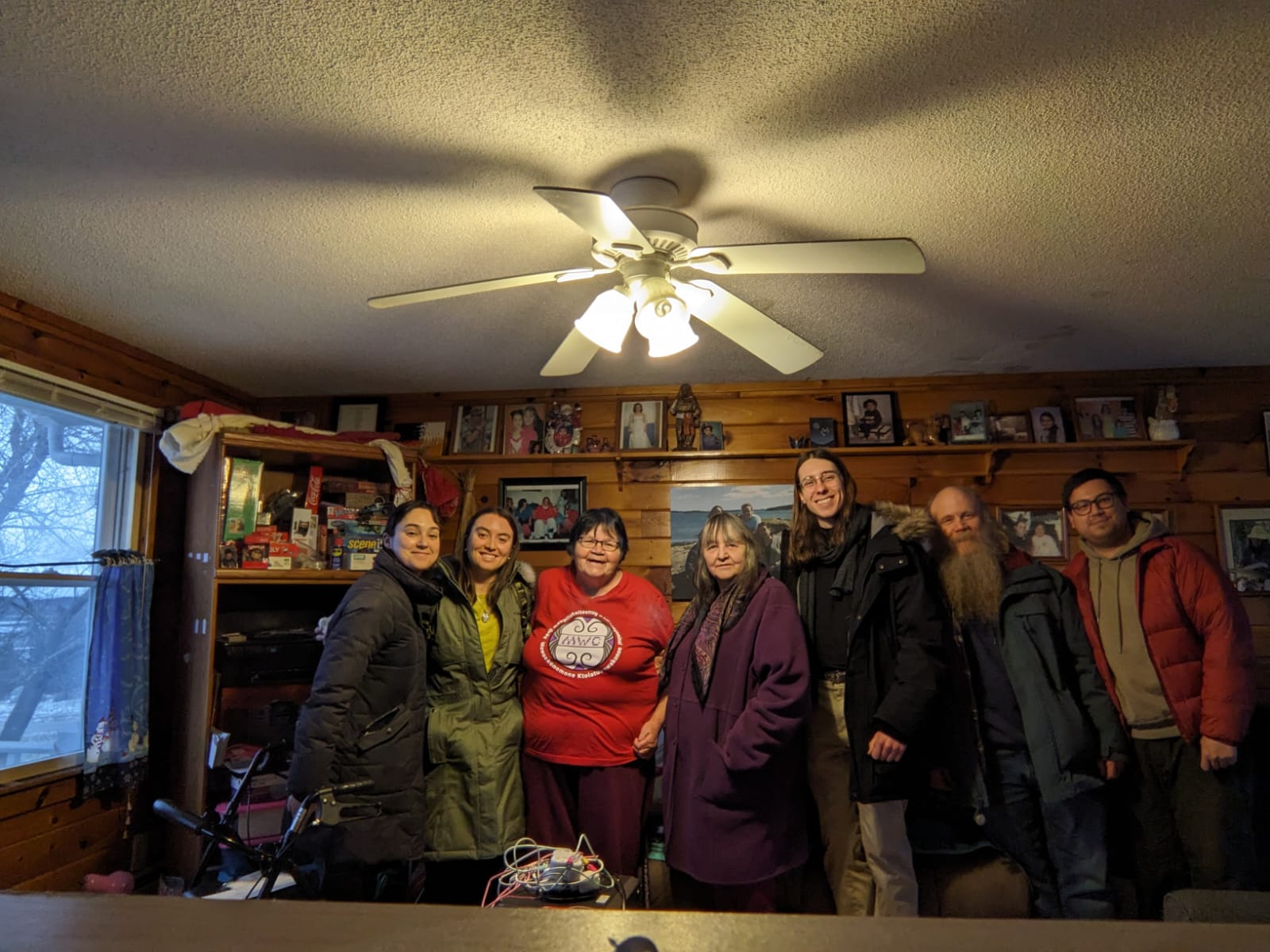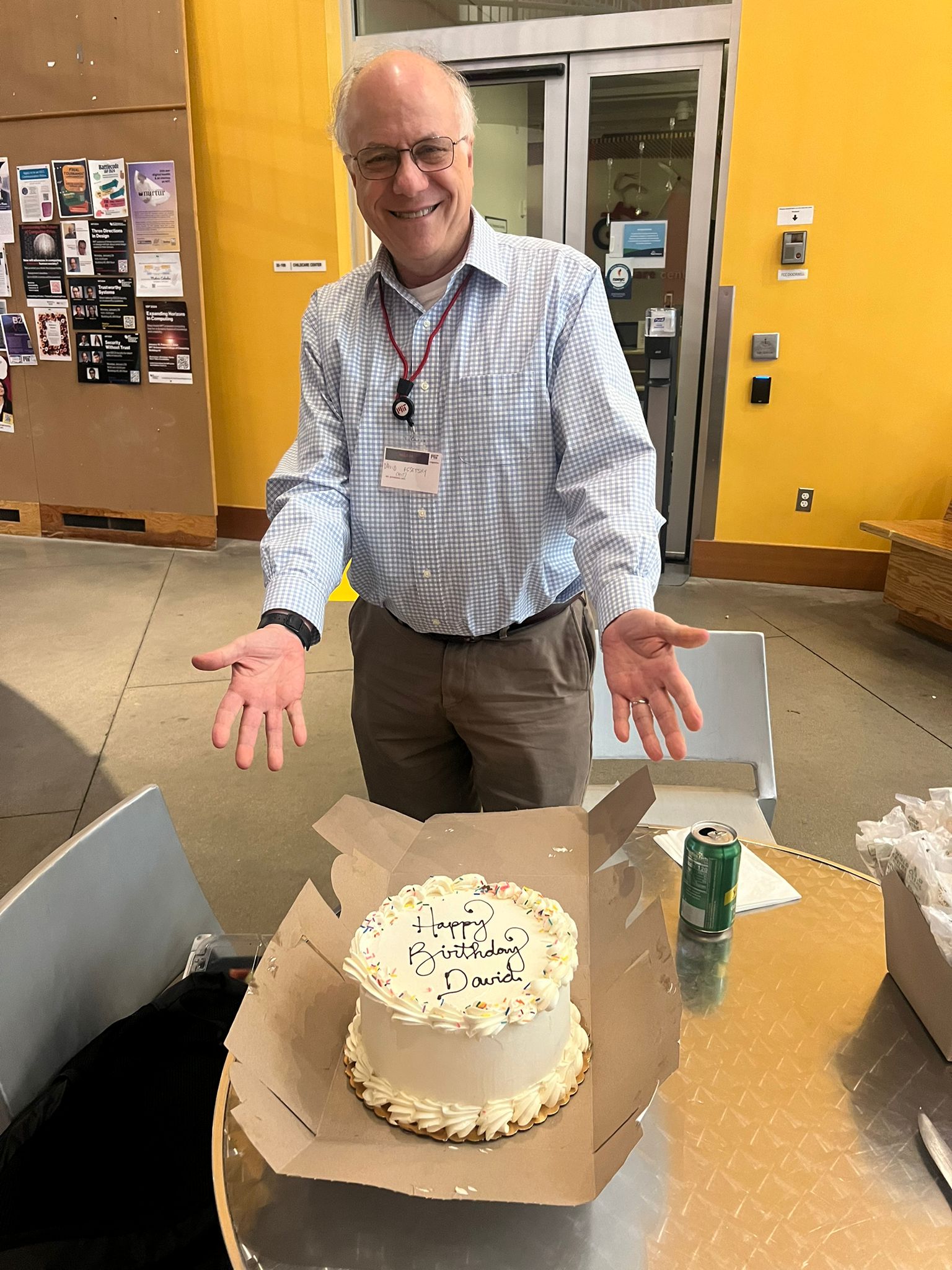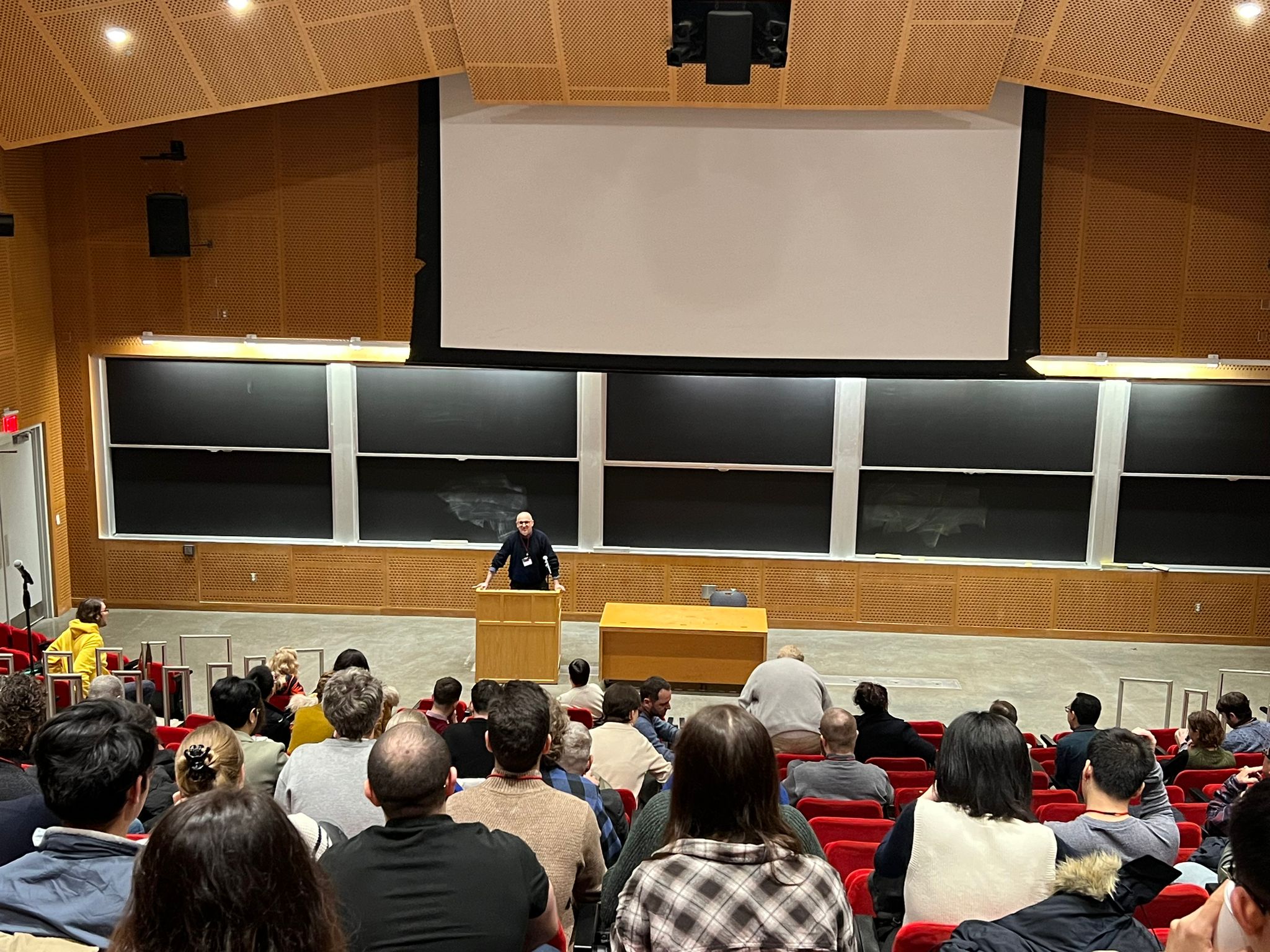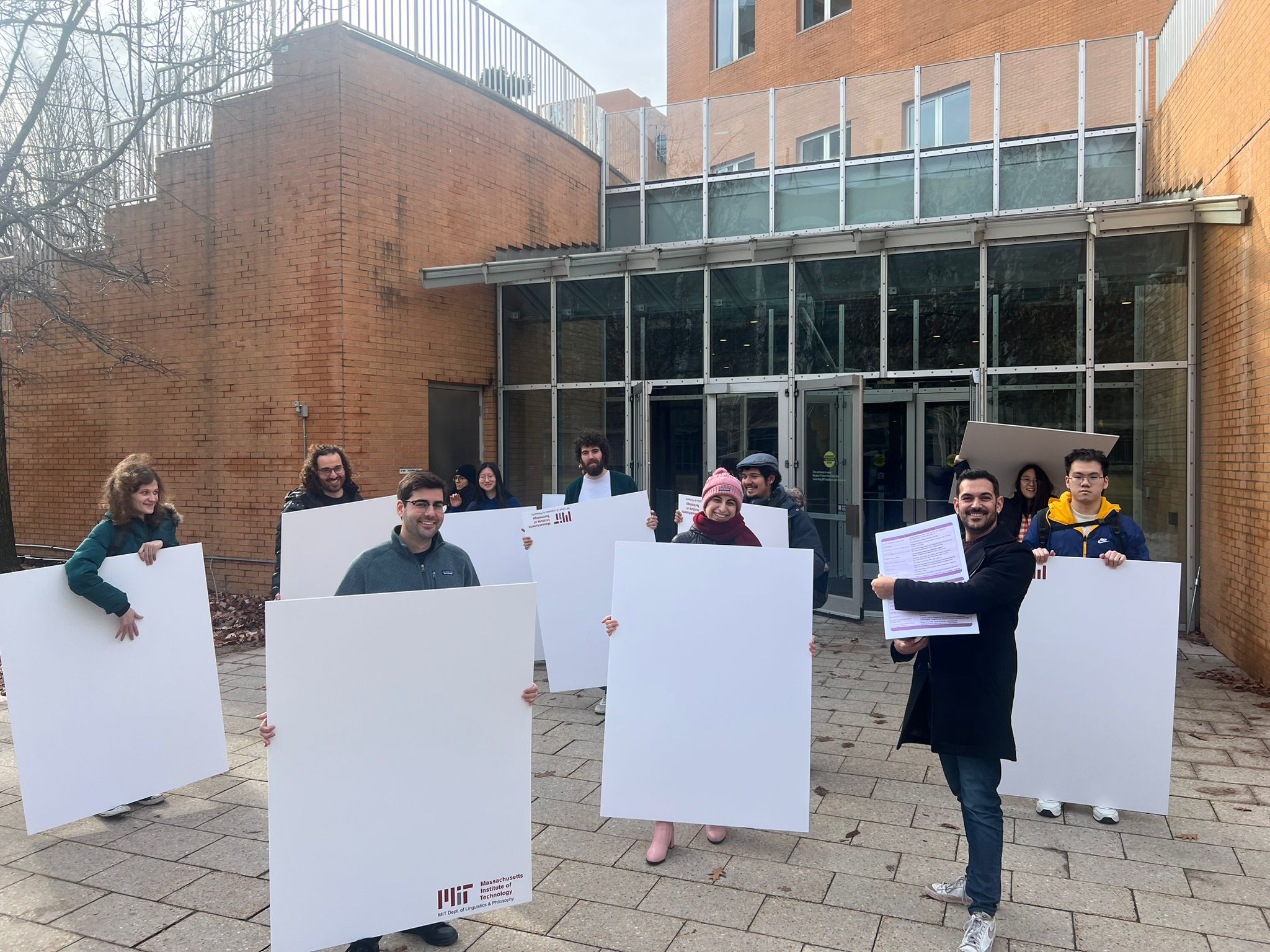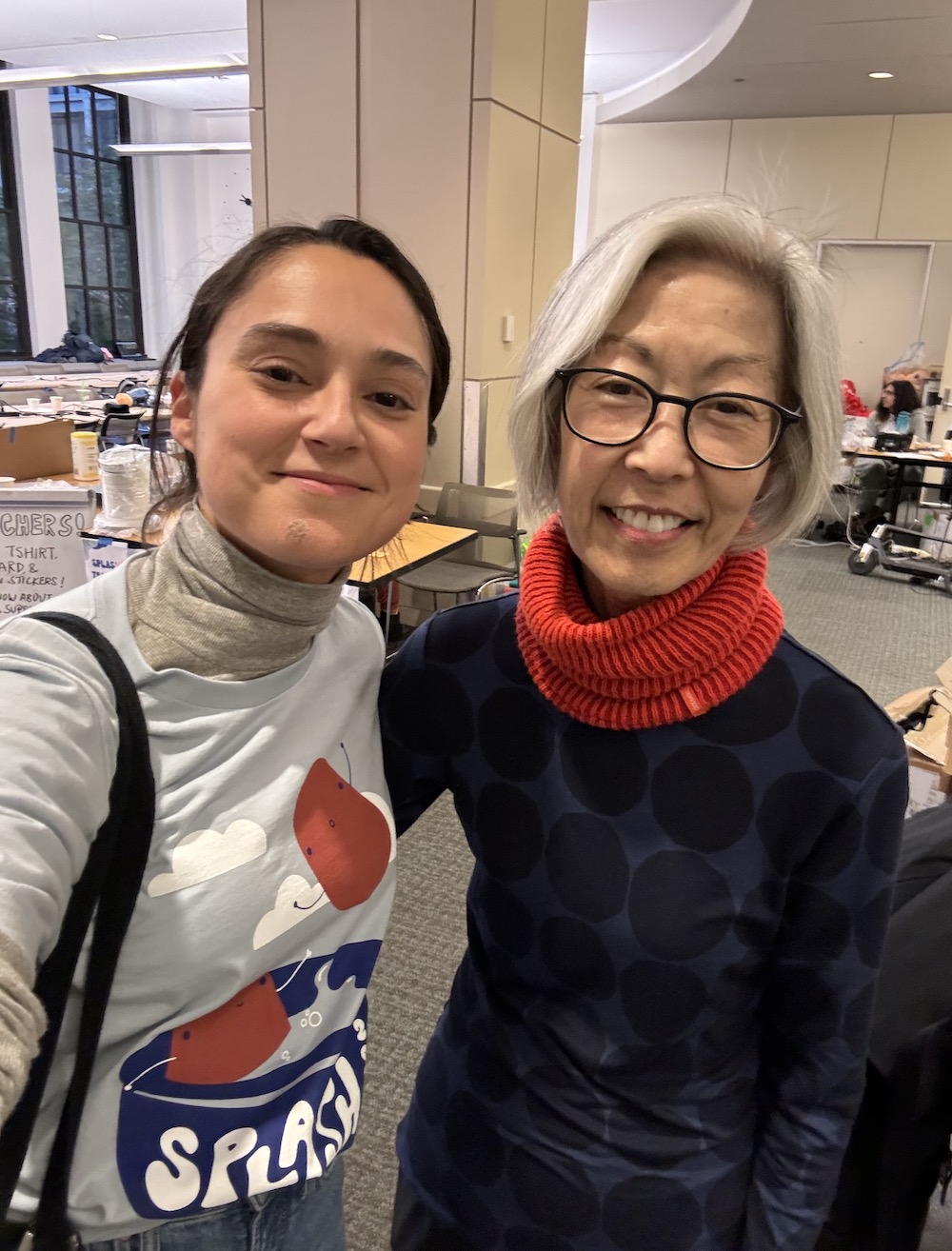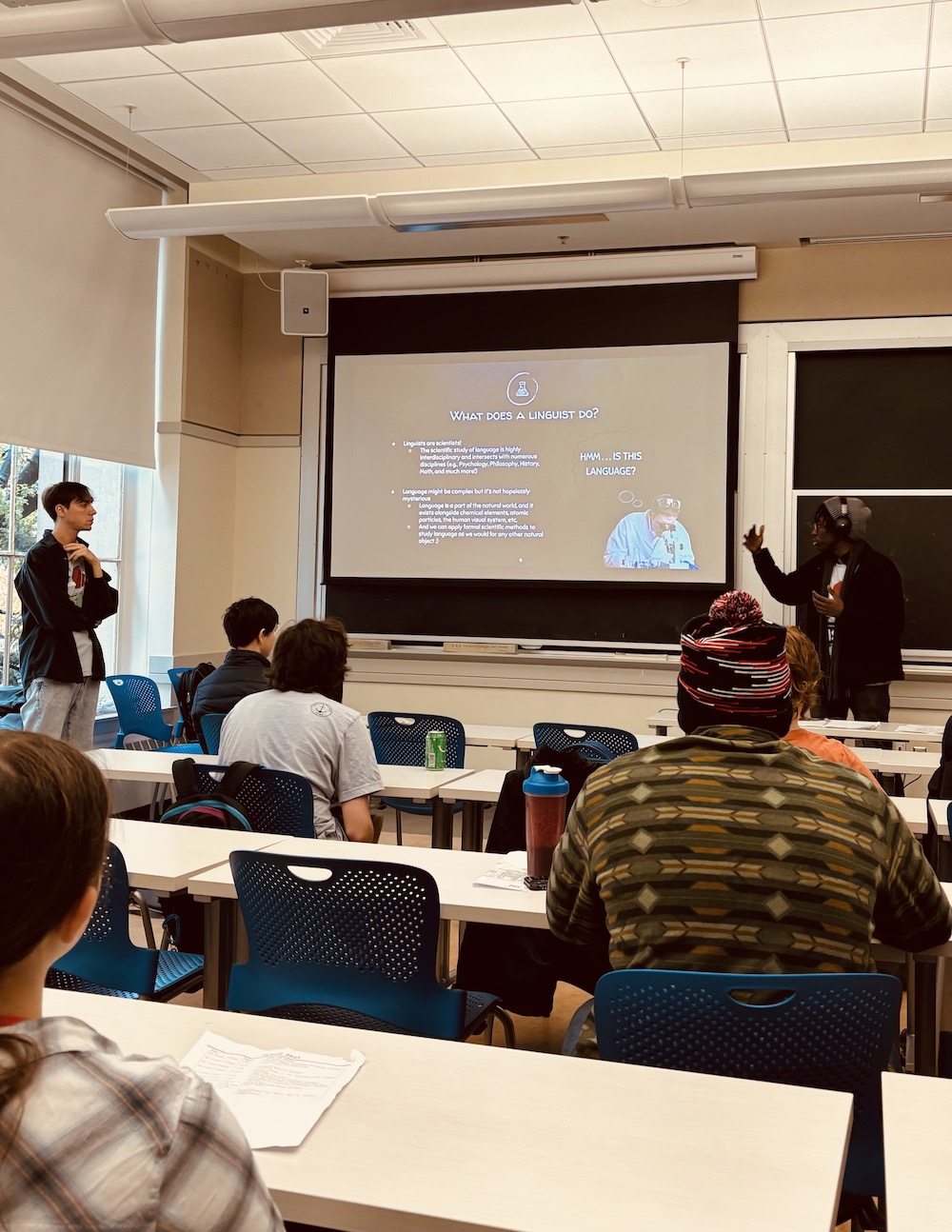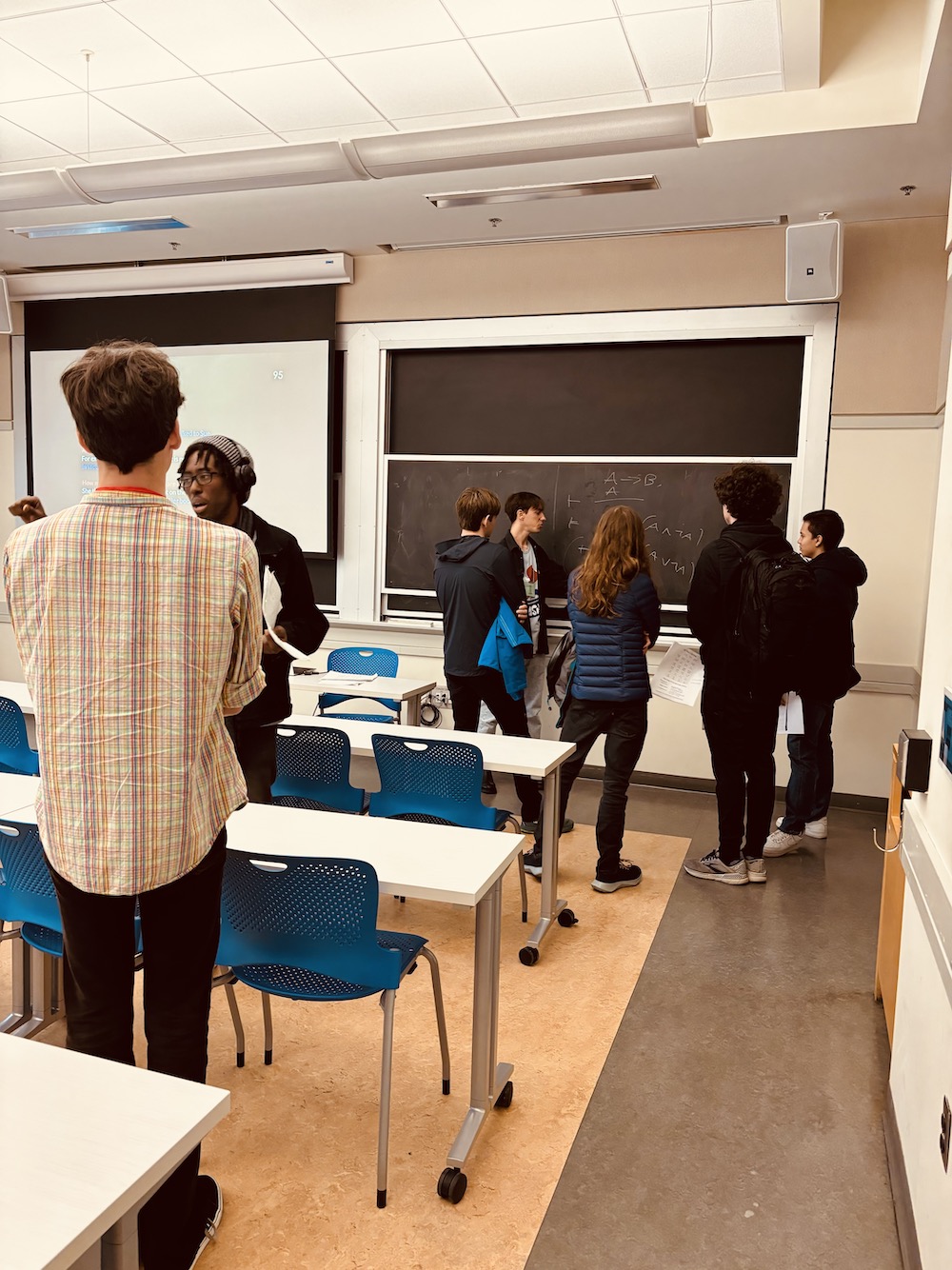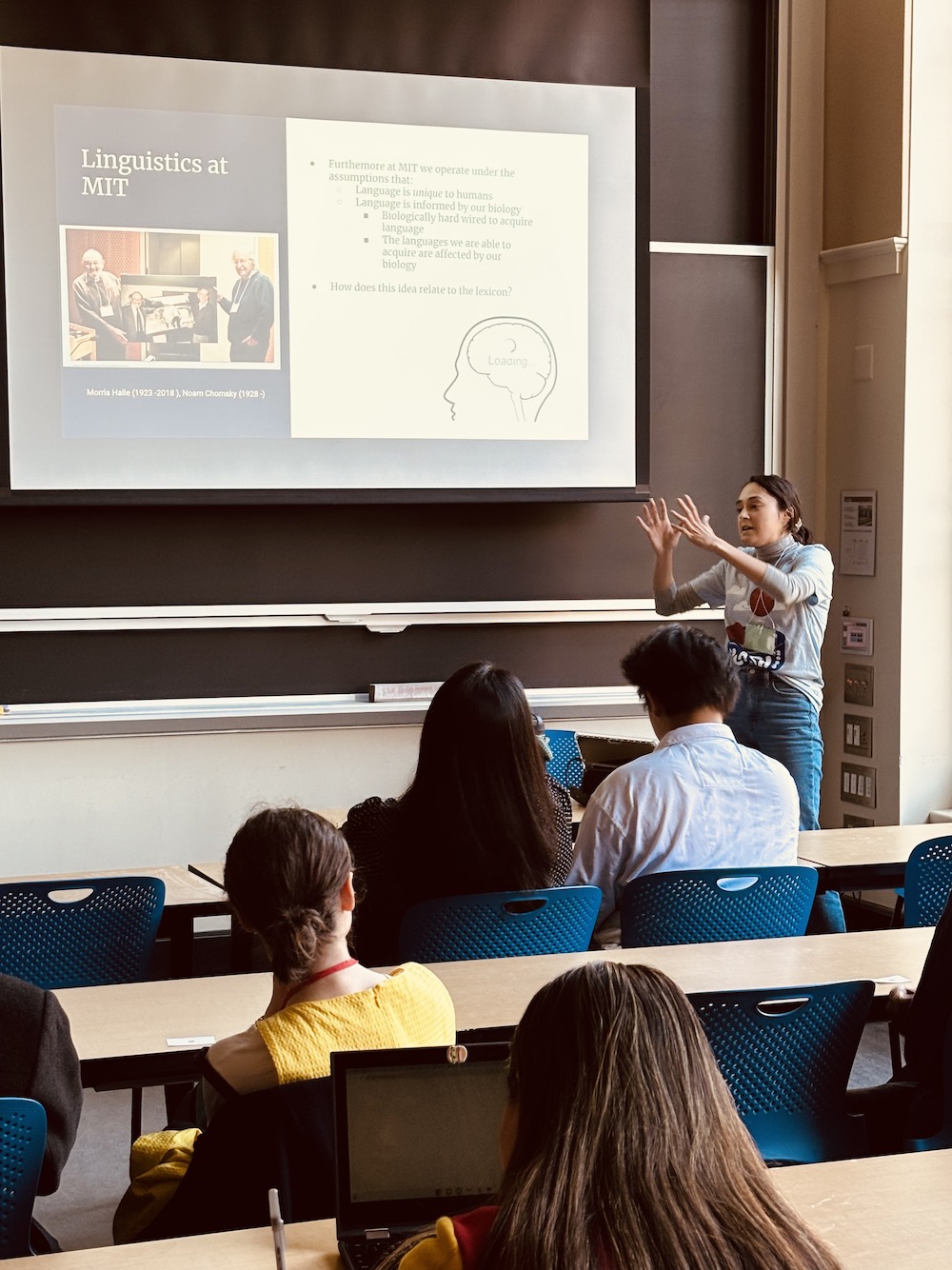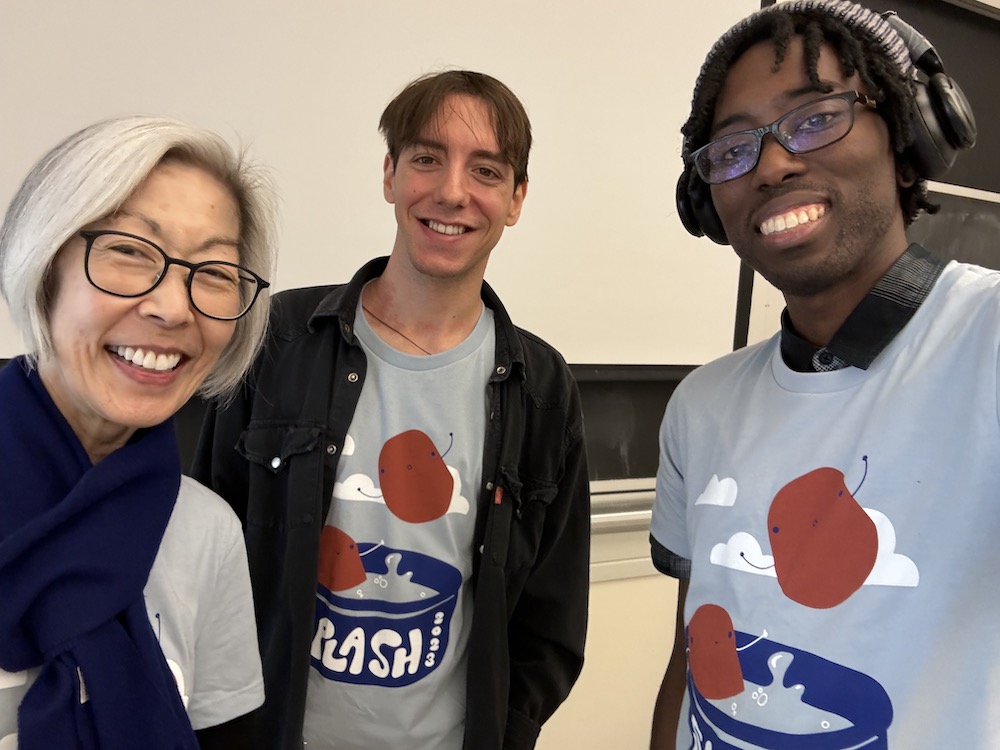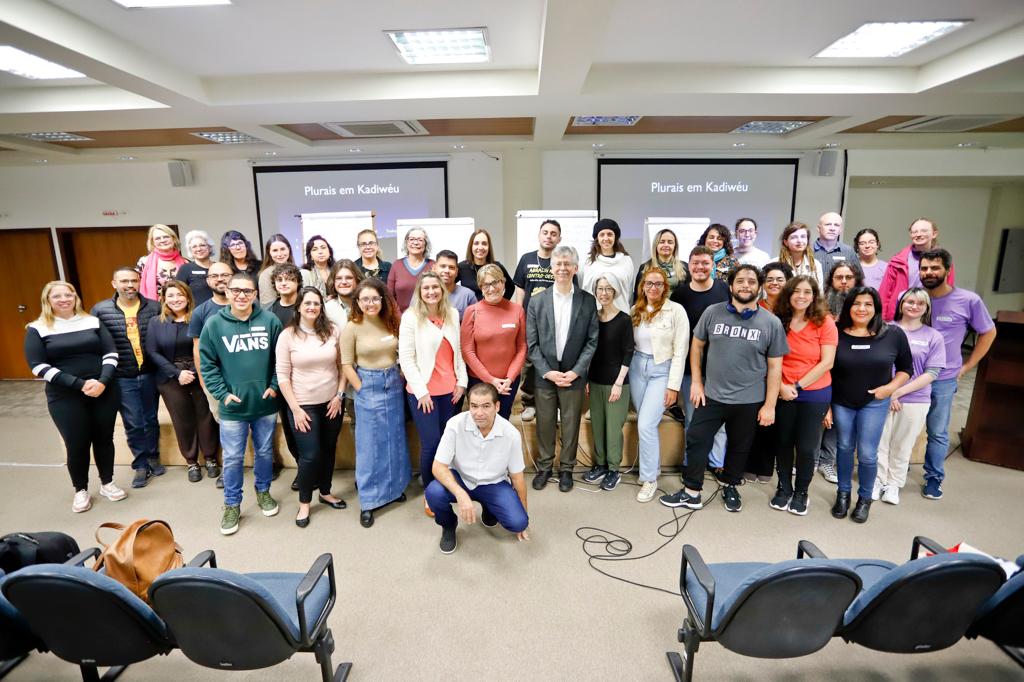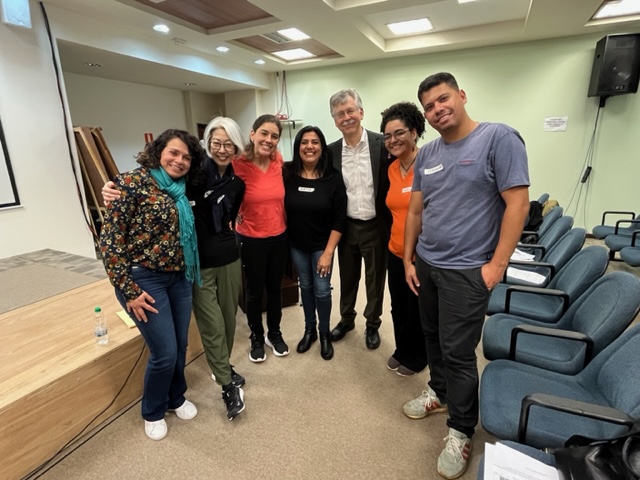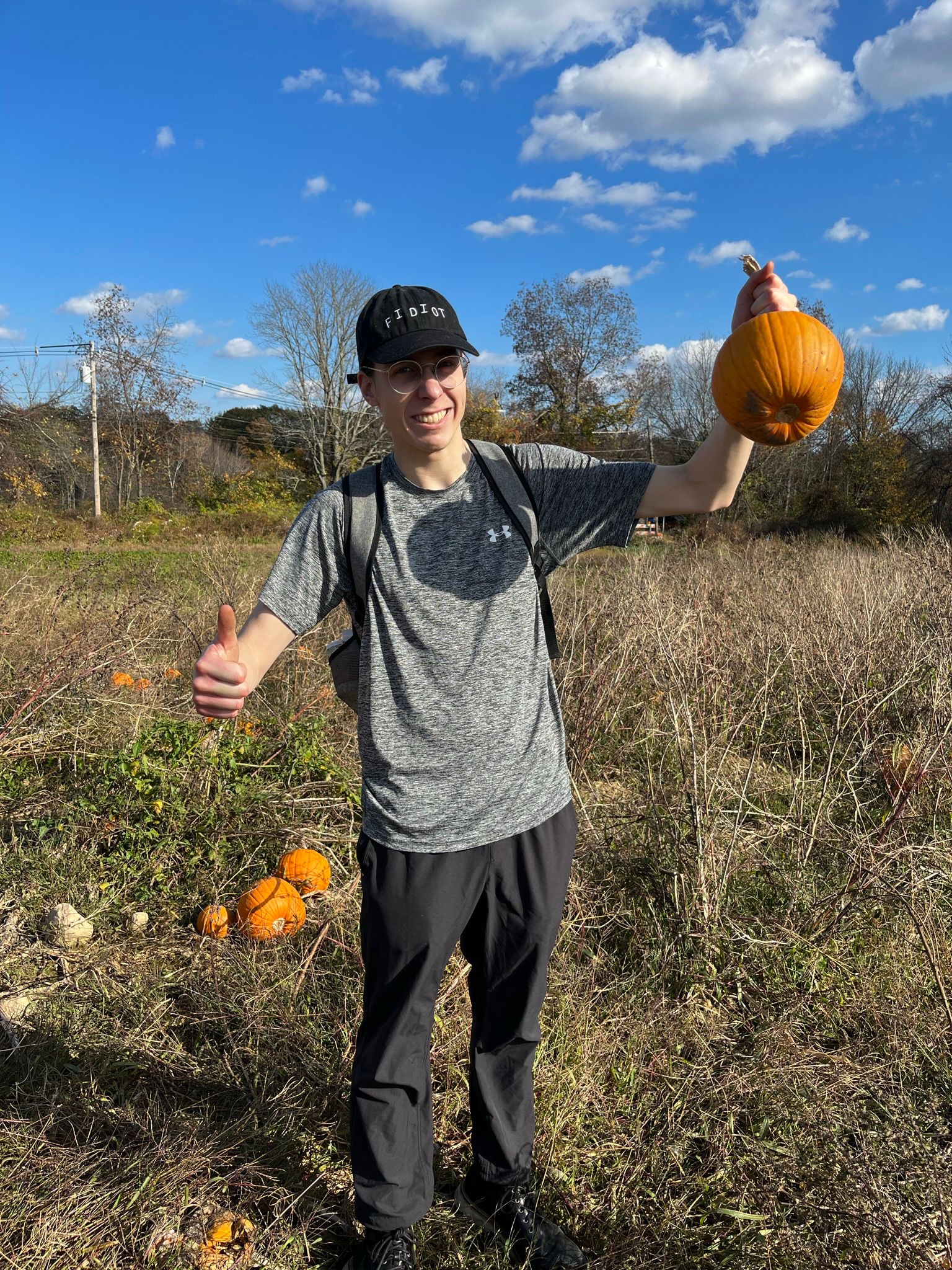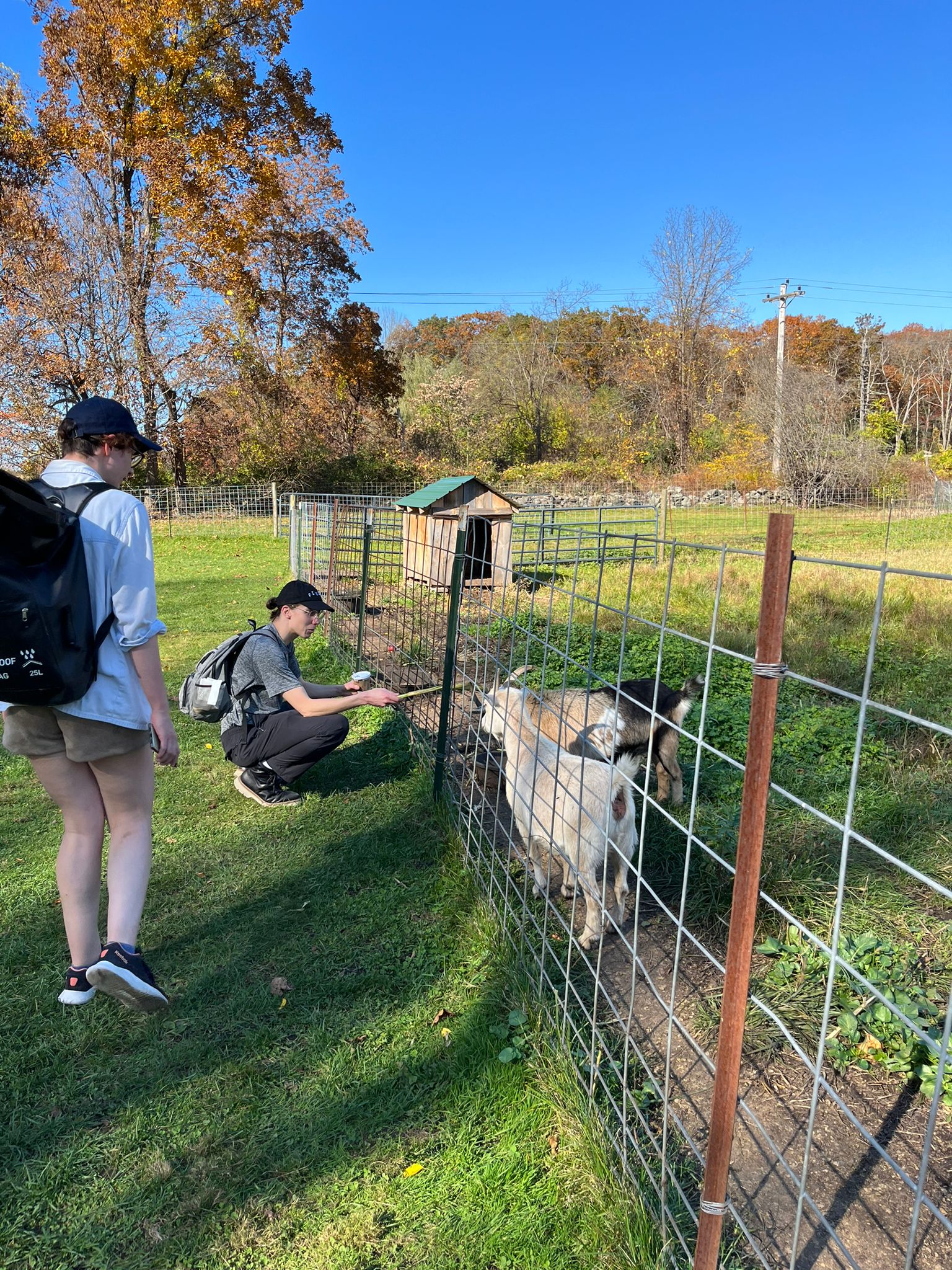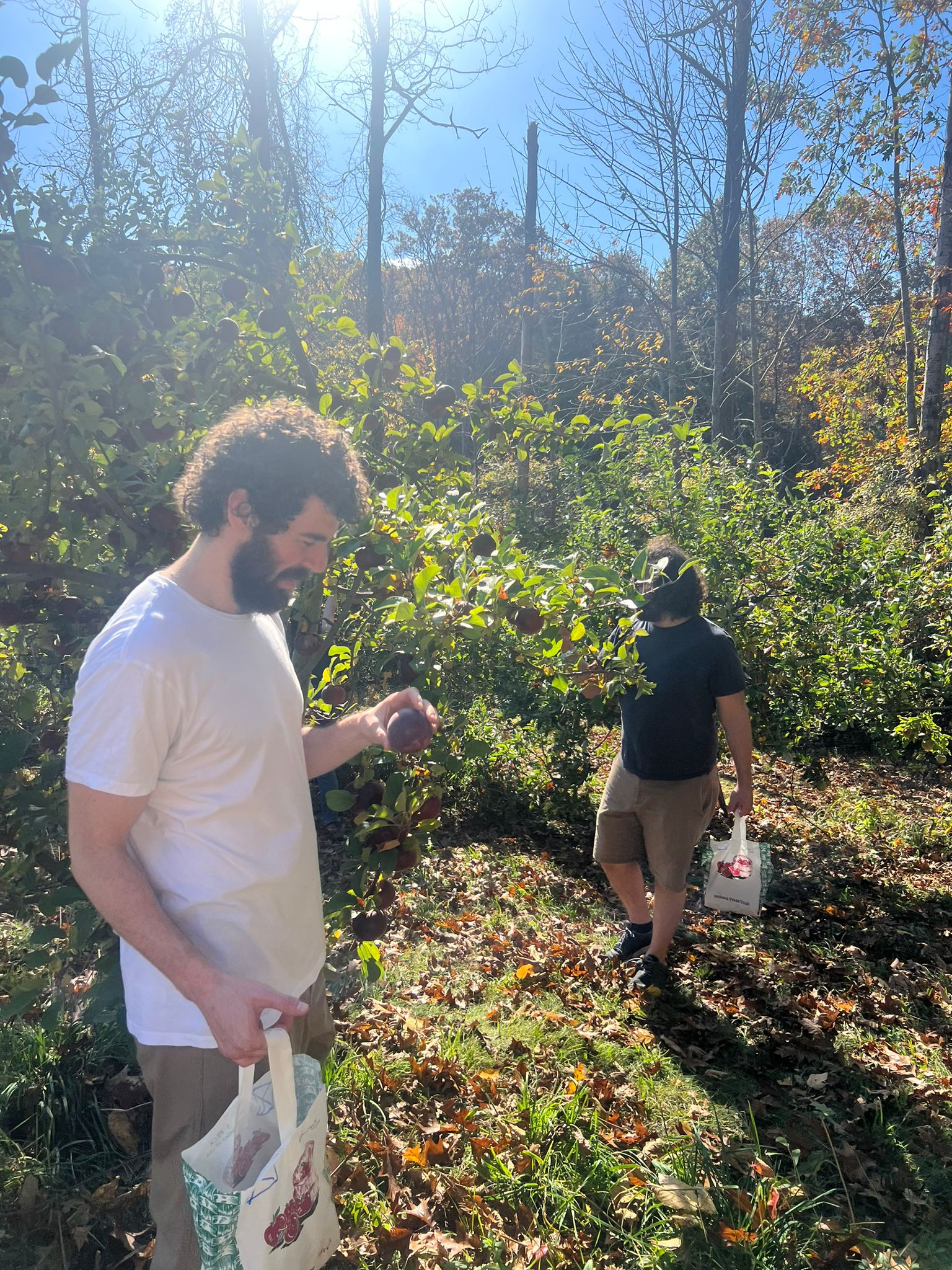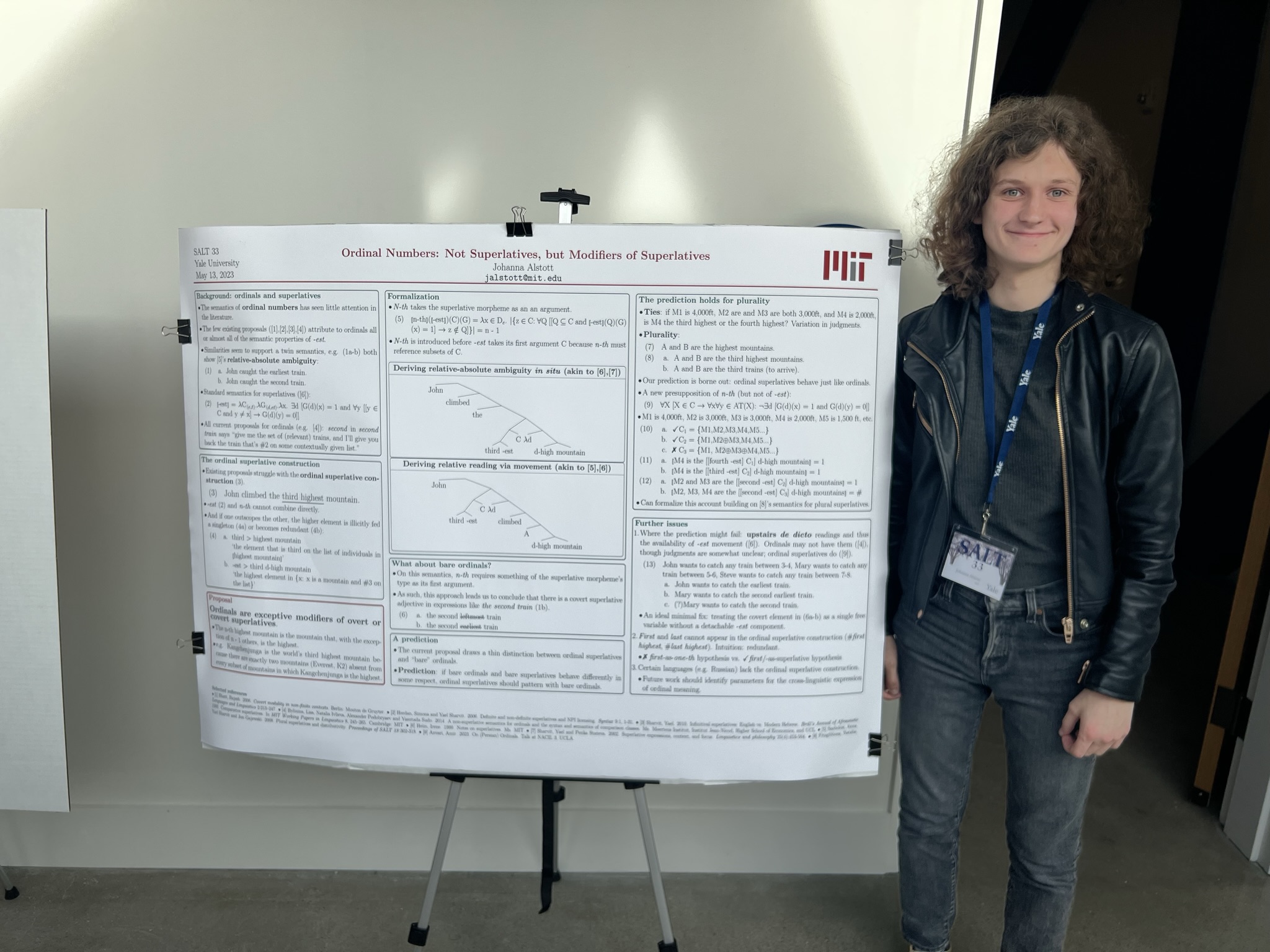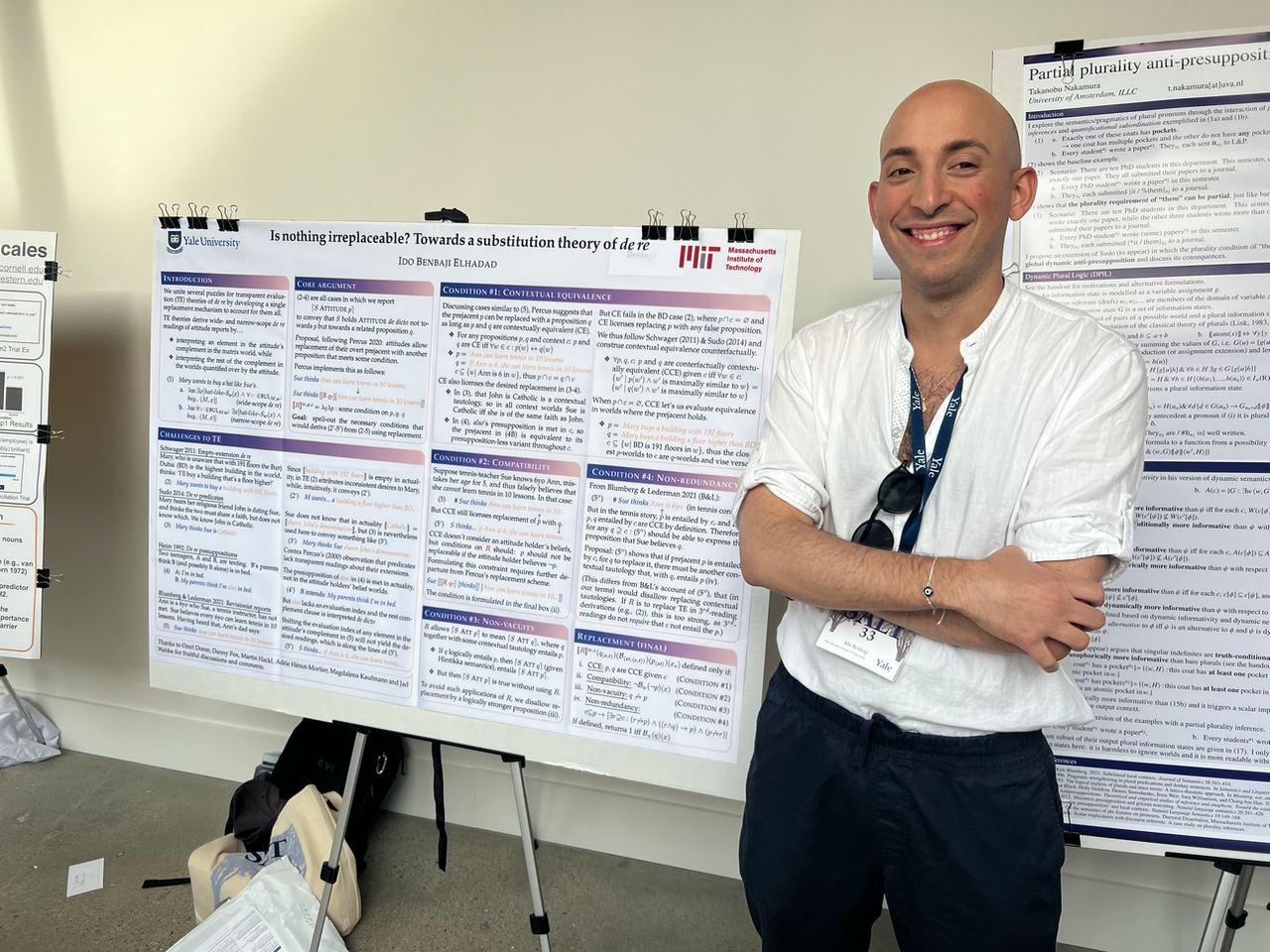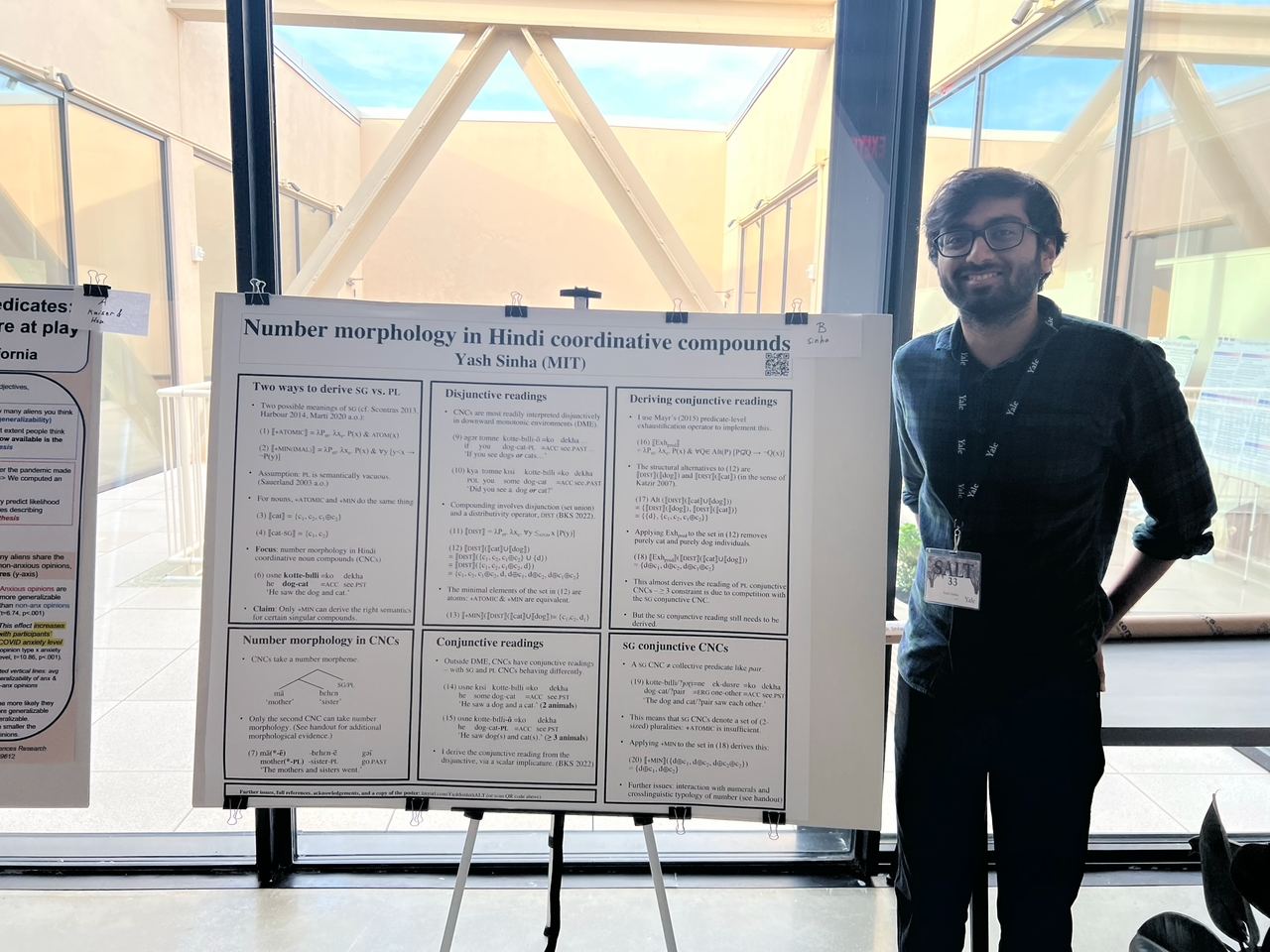A very warm welcome to ling-23 and visitors!
ling-23
Soledad Chango: My name is Soledad Chango and just joined the MITILI program. I’m from an indigenous Kichwa community called Salasaka which is located in the highlands of Ecuador. I enjoy swimming, dancing, embroidering, and playing the violin a lot.
Cooper Roberts: I am Cooper Roberts, a PhD student interested in semantics and (morpho)syntax. Last spring, I graduated from Boston University across the river with a BA/MA in linguistics. Before moving to Boston, I lived in Pittsburgh, Pennsylvania. When I am not thinking about the semantics of classifiers or internal reduplication, I enjoy things like gardening, swimming, writing music, and watching hockey. I also split a one-bedroom apartment with three cats, so there’s never a dull moment. I look forward to getting to know everyone!
Yizhen Jiang: Hi everyone :) I’m Yizhen. I’m from Zhejiang, China. My main interests lie in semantics and pragmatics, combining formal and experimental methods. Outside linguistics, I enjoy Gomoku (too addictive that I uninstall but shortly reinstall the app frequently), K dramas (the sillier the better), and nature.
Hani Al Naaem: My name is Hani. I was born and raised in a small city to the north of Jordan. My interests within linguistics broadly lie in phonetics and phonology. More specifically, I’m interested in probing the atoms of phonological representations and in exploring linking hypotheses between those abstract representations and observed phonetic forms. I’m also interested in prosody/phrasal phonology and stress systems.
Outside linguistics, I enjoy watching sports (soccer and tennis mainly), going on walks, and just hanging out with friends. Spirituality/religion is also a very important part of my life; I’m a practicing muslim, and I’ve recently been dedicating more time to reading and studying the Qur’an more closely.
Yiannis Katochoritis: My name is Ioannis-Konstantinos Katochoritis (or simply Yiannis; with double n), I come from Athens, Greece, where I did my BA on General Linguistics, and I am a first year PhD student at MIT. My field of interest is generative typology, comparative syntax and its interface with morphology. My MA thesis in Leipzig University was on syntactic ergativity cross-linguistically, and anything involving case, Agree, movement, the A/A-bar distinction, phases and the nature of formal features is more than welcome. In my nonlinguistic world, I enjoy travelling to places with monuments, nature and good food, running until Bruce Springsteen’s ‘Born to Run’ album is over, expanding my vinyl collection, making marathons of the Coens or of Bojack Horseman, reading Camus or Kafka, writing few unstructured verses that no one reads, attending concerts and going to the movies on a Wednesday night… and all of that, with good beer and even better friends.
Bingzi Yu: I am Bingzi Yu from China. Mandarin is my first language, and other Chinese varieties I can speak include Sichuan dialect and Cantonese (both are not very fluent though). I previously had an interest in phonology. I have done some experimental work such as artificial language learning studies to investigate learning biases in phonological acquisition. Now I am exploring different fields, trying to develop new interests.
Marcia Gonzales: My name is Marcia Gonzales (she/her). I’m originally from Lima, Perú. I received my MA in Philosophy from the University of Wisconsin-Milwaukee. My main linguistic interests concern semantics and its interfaces, especially methodological/foundational issues. Outside of linguistics, I enjoy reading and thinking about philosophy (of science, language, and metaphysics), running, watching TV shows, consuming art, playing board games, and going out for long walks.
Renhard Saupia: My name is Renhard Saupia from Leti Island, Indonesia. I am a S.M program from MIT Indigenous Languages Initiative (MITILI) program. My research expertise covers the assessment of language vitality, language variation, community needs, and linguistic relationships. In my free time, I enjoy playing harmonics and traveling. At MIT, I am excited to deepen my knowledge of linguistics and do a language development of Leti.
Paul Meisenbichler: My name is Paul Meisenbichler. I am from Vienna, and I completed my MA in linguistics at the University of Vienna. My main research interests are in semantics and syntax. My MA-thesis was concerned with the modal and temporal interpretation of determiner phrases. Outside of linguistics, I enjoy reading, watching movies/TV-series, and going to restaurants/bars with friends.
Yuen Chun (Chelsea) Tang: Hi all, my name is Chelsea Tang 邓婉真 and I use she/her/hers pronouns. I was born and raised in Guangzhou, China, so I grew up speaking Mandarin and Cantonese. I got my BA in linguistics at UC Berkeley, where I discovered my interest in morphology and its interfaces with phonology and syntax. I’m especially intrigued by West African languages and even conducted fieldwork on two of them. My latest project focused on STAMP (subject-tense-aspect-mood-polarity) morphs in Lobi, a Niger-Congo Gur language spoken in Cote d’Ivoire. Beyond linguistics, I’m a cat mom (which means my life is ruled by a furry dictator), a foodie, a travel enthusiast, and I’m always up for trying out new things. These days, I spend much of my free time cooking, crafting, solving jigsaw puzzles, and checking out new restaurants and bars. Cheers!
Visitors
Dr. Jeffrey Toney (visiting professor): My faculty sponsor is Prof. Michel DeGraff and I’ve been contributing to the MIT Haiti Initiative. This past year, I have served as a New England Regional Consortium Fellow studying archives from eight institutions across the region, supported by the Massachusetts Historical Society. I am exploring ways to celebrate language, gender, culture and race, particularly to enhance STEM education. My UROP students were featured in an MIT News article, “Exploring culture, identity and the arts to enhance undergraduate education.” Last Spring, I retired from Kean University as Professor Emeritus and have been focusing on my research here at MIT, collaborating with colleagues across STEM, the arts and humanities.
Dr. Maya Honda (visiting professor): Hello, my name is Maya Honda. This is my second year as a visiting lecturer in the department. (I missed introducing myself last year.) My hometown is San Diego, California. My work focuses on linguistics education and pedagogy. I’ve worked around the world with teachers and with students of all ages to integrate the formal study of language and the achievements of linguistics into the school curriculum. I’m retired from the faculty of Wheelock College in Boston, where I taught linguistics, language development, and human development. I’ve come out of retirement to teach Linguistics in K-12 Education at MIT and to encourage everyone in the department to engage in linguistic outreach. (I’m that person who writes those emails!) Art museums are my go-to place here and wherever I happen to be.
Dr. Si Berrebi (visiting postdoc): I’m Si Berrebi, from Tel Aviv, mostly interested in questions about the representation, processing and social meaning of phonetic and phonological variation. I also appreciate coffee, walking, meditation and learning more about pedagogy.
Magdalena Lohninger (visiting student): Hi there, I’m Magdalena Lohninger (I usually go by the short version of my first name, Lena) and I’m a fourth year PhD student, visiting MIT during fall. Back home, I’m affiliated with the University of Vienna and work with Susi Wurmbrand. As a linguist, I’m interested in formal syntax and like to get lost on A’/A-movement paths. In my non-linguistic life, I try to cycle around the world (in small bits at a time) and climb onto things. I also like drinking beer, getting into unknown situations of whatever kind, sealions and poetry that doesn’t rhyme.
Dr. Jon Rawski (visiting professor): I am visiting from San Jose State University, where I am an Assistant Professor of Linguistics. I work in mathematical linguistics and learnability, placing mathematical boundary conditions on the grammars underlying human language, and on how they can be learned. I am currently investigating how the algebraic structure of a learner’s hypothesis space enables successful grammar acquisition, as an abductive inference problem. I also have a particular interest in signed languages, as they challenge theories of phonological and morphological cognition. This fall I am teaching a graduate seminar on Grammars and Representations, where we study classes of grammars and their consequences for linguistic theory.
